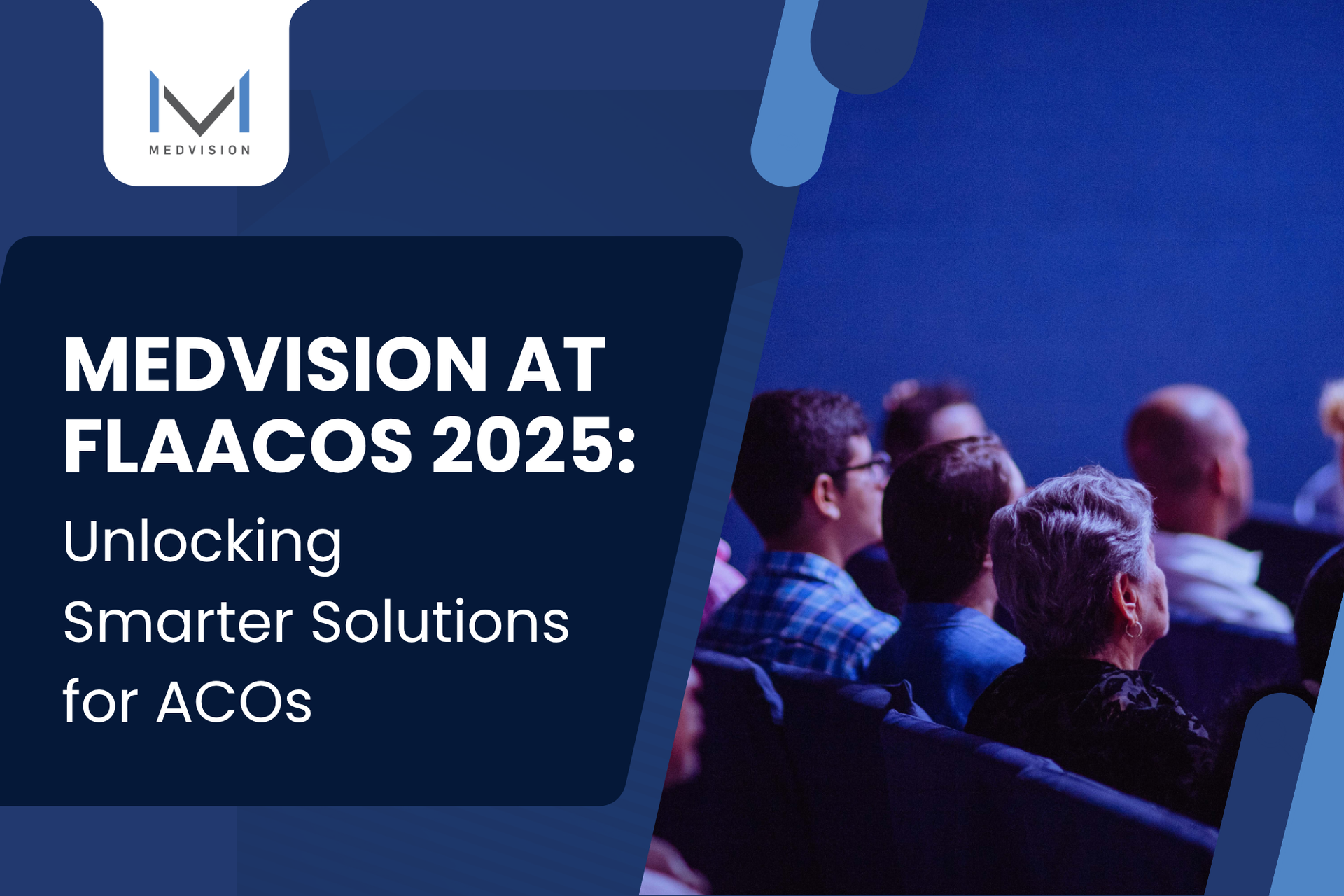DCE vs. ACO: A Comparison Between the Two Entities
The rising cost of healthcare and inefficient, misaligned spending has created an undeniable crisis Because of this, Many patients struggle to access affordable care tailored to their specific needs. To address this, the industry introduced
value-based healthcare
a model focused on better outcomes at lower costs.
Two of the most popular organizations with a value-based approach are Direct Contracting Entities (DCEs) and Accountable Care Organizations (ACOs). DCE vs. ACO; both provide a superior experience to patients and high-quality outcomes at a lesser cost, but what makes them different?
A Quick Review on the History of DCE and ACO Entities
DCEs and ACOs are organizations that focus on delivering value-based healthcare by enhancing the overall patient experience with the intent to improve health outcomes. While these two have a similar end goal, it’s important to understand why and how these entities were created in the first place to better appreciate their benefits and strengths in promoting positive patient outcomes while minimizing overall costs.
DCE (Direct Contracting Entity)
DCE is initially based on the Medicare ACO initiatives, specifically the Medicare Shared Savings Program (MSSP) and the Next Generation ACO (NGACO) models. All the observations and themes that were studied from these models were carried over into DCE to create and build its foundation and structure. With a more flexible payment plan than its previous predecessor, DCE is designed to entice a wider network of healthcare groups and risk-bearing organizations that have not participated in Medicare fee-for-service (FFS) or CMS Innovation Center models to produce enhanced and high-quality health care.
ACO (Accountable Care Organization)
ACO is the byproduct that was formed out of the healthcare delivery and payment reform proclaimed in the Affordable Care Act (ACA). In order to successfully achieve the principles drawn in the ACA, it was necessary to establish the ACOs and the Bundled Care Payment Initiative (BPCI) through the Medicare program. The enactment of ACO made it possible to reduce expenses and eliminate unnecessary services which became more cost-effective for patients. And hospitals and physicians prioritized disease prevention and chronic disease management, keeping patients healthy.
DCE vs. ACO: The Key Differences
DCE vs ACO; both create value in healthcare. They are in essence derivatives from each other. At a glance, they might look like they are just the same but these two entities have a few differences in terms of the following:
1. Payment Structure
ACOs are paid through the traditional fee-for-service (FFS) option without capitation. ACOs are rewarded or penalized based on the service and performance they provide. They are paid or penalized depending on the total cost for a given payment year while DCEs come to terms with the Centers for Medicare & Medicaid Services (CMS) for an agreed-upon monthly payment.
2. Provider Participation
DCE allows preferred providers to choose whether or not to receive the negotiated payment. It compels participant providers to agree to a negotiated payment arrangement.
Unlike DCE, ACOs don’t have the ability to negotiate and pay preferred providers their share of the capitation payment.
3. Competition and Market Position
DCEs are incentivized to maintain loyal Medicare beneficiaries and attract new ones. Seeing as DCE is a pilot program, it has yet to be proved whether it is effective or not.
On the other hand, ACOs have long been in the industry and have been proven as a successful CMS program. They have shown great improvements in the healthcare systems and have been a promising value-based organization.
4. Risk Level
Early adopters and participants have tried, tested, and guaranteed the capacity of ACOs. Some might say that ACO is a safe bet as it has been around for many years.
In comparison, DCE has just recently been launched and it is not as recognized as the ACO. With that, there are still uncertainties with DCE, which could be risky and unsafe in the long run.
Choosing Between DCE and ACO for Your Organization
Cutting a deal and establishing to be either a DCE or ACO depend on many factors, including the priorities, resources, and supplies of your organization. It’s important to understand that complete infrastructure is what you need in order to achieve success in value-based healthcare.
Whether you’re
DCE vs. ACO, your organization must assess if they have the needed capabilities specific to capitation or FFS,
population health management, risk stratification, and more.
Evaluating infrastructure investment doesn’t come easy, but
MedVision has the all-in-one value-based technology solution, QuickCap 7, that is tailor-made for your workflow efficiency, administrative management, and quite simply all your healthcare needs.
February 2, 2022
The complex operations and benchmarking methods of direct contracting can be challenging. Here’s how to turn healthcare obstacles into opportunities.
January 26, 2022
Direct contracting programs offer primary care capitation suitable for employers with personnel located within the provider’s geographical service area.
November 23, 2021
Learn how to supercharge your DCE value-based model with advanced payment to achieve value-driven objectives.














